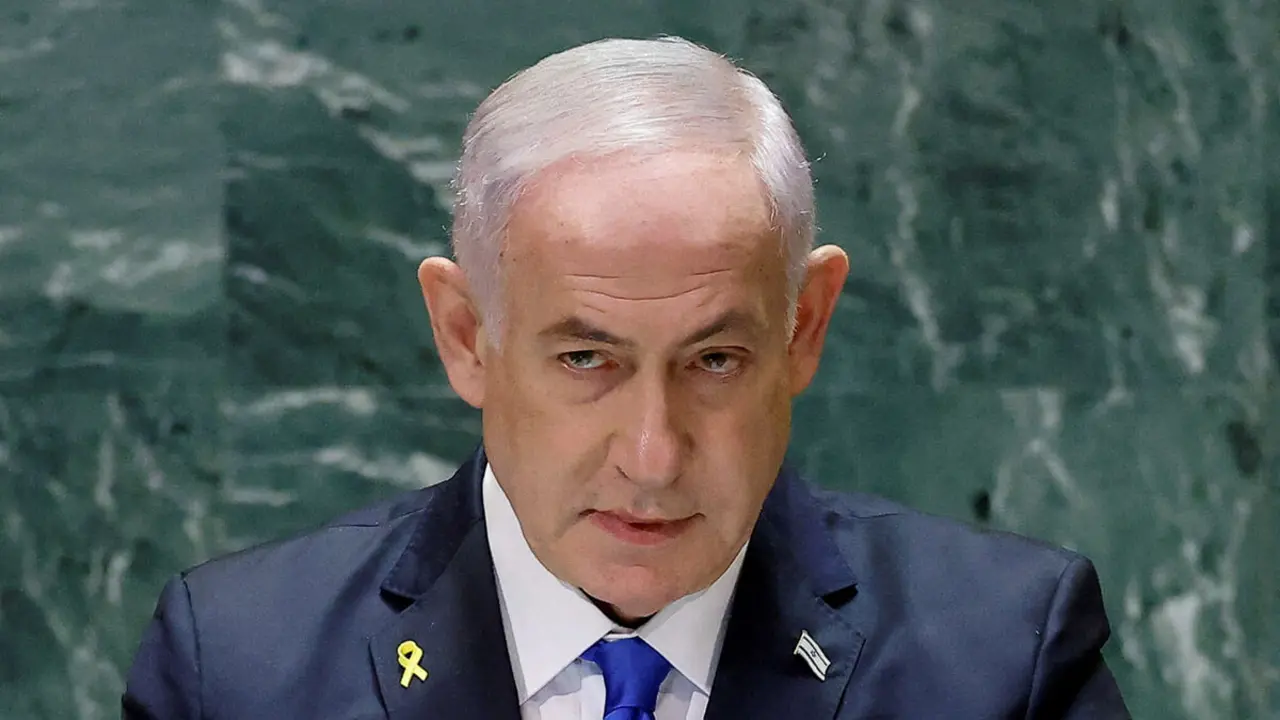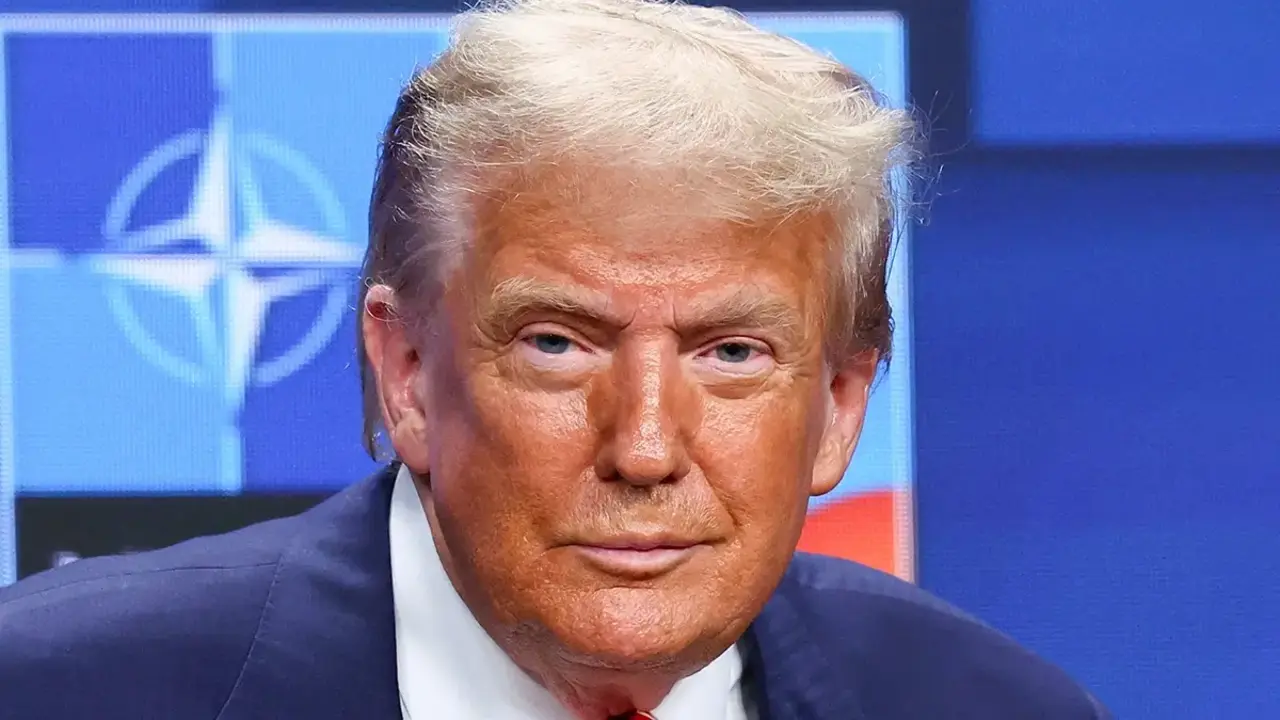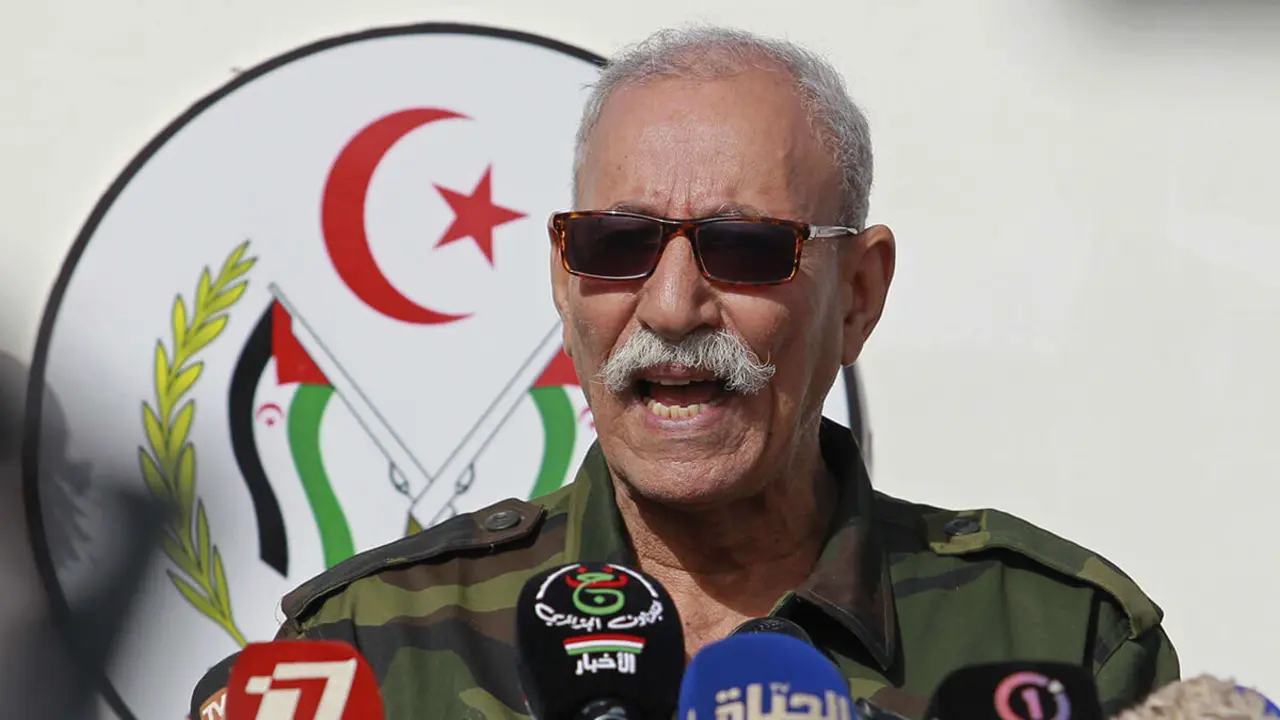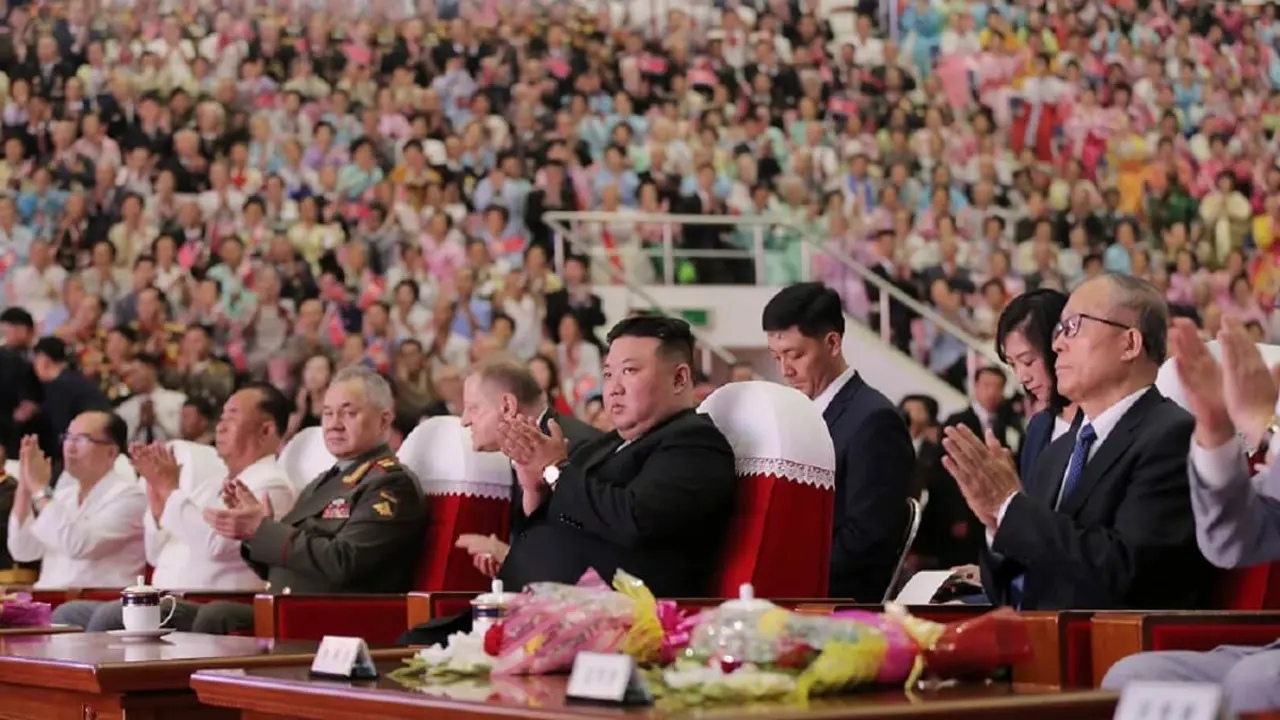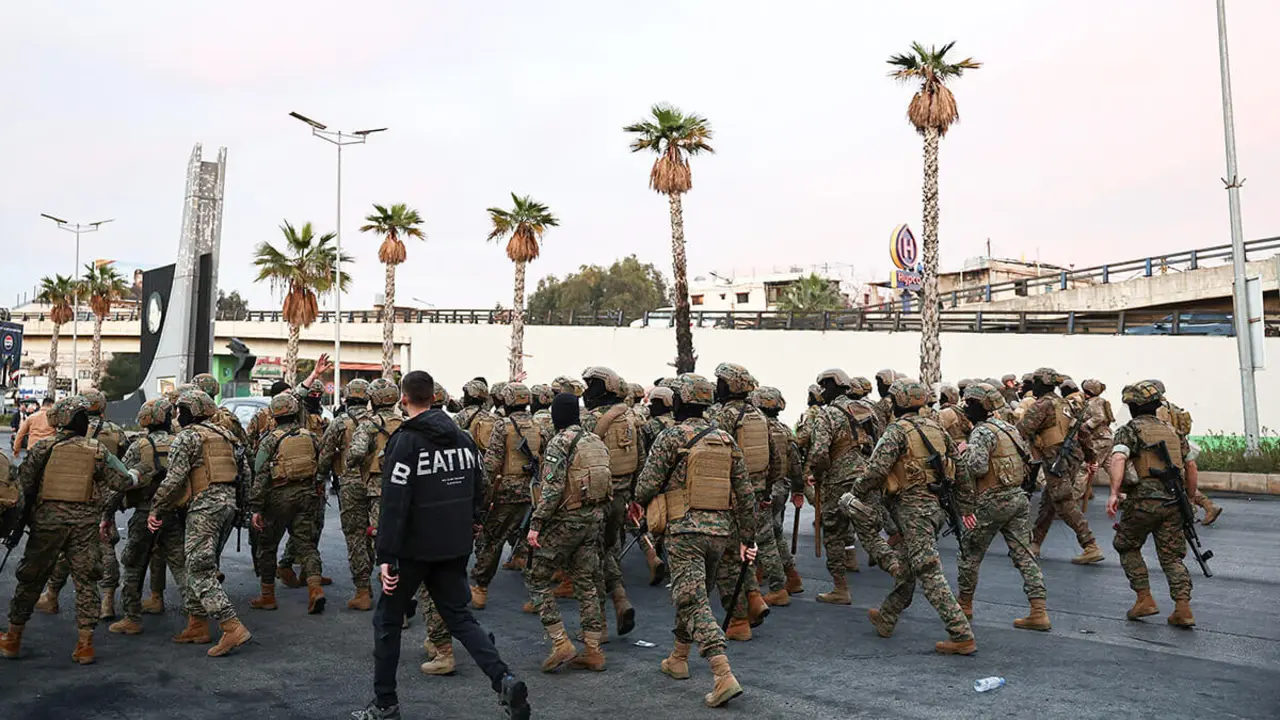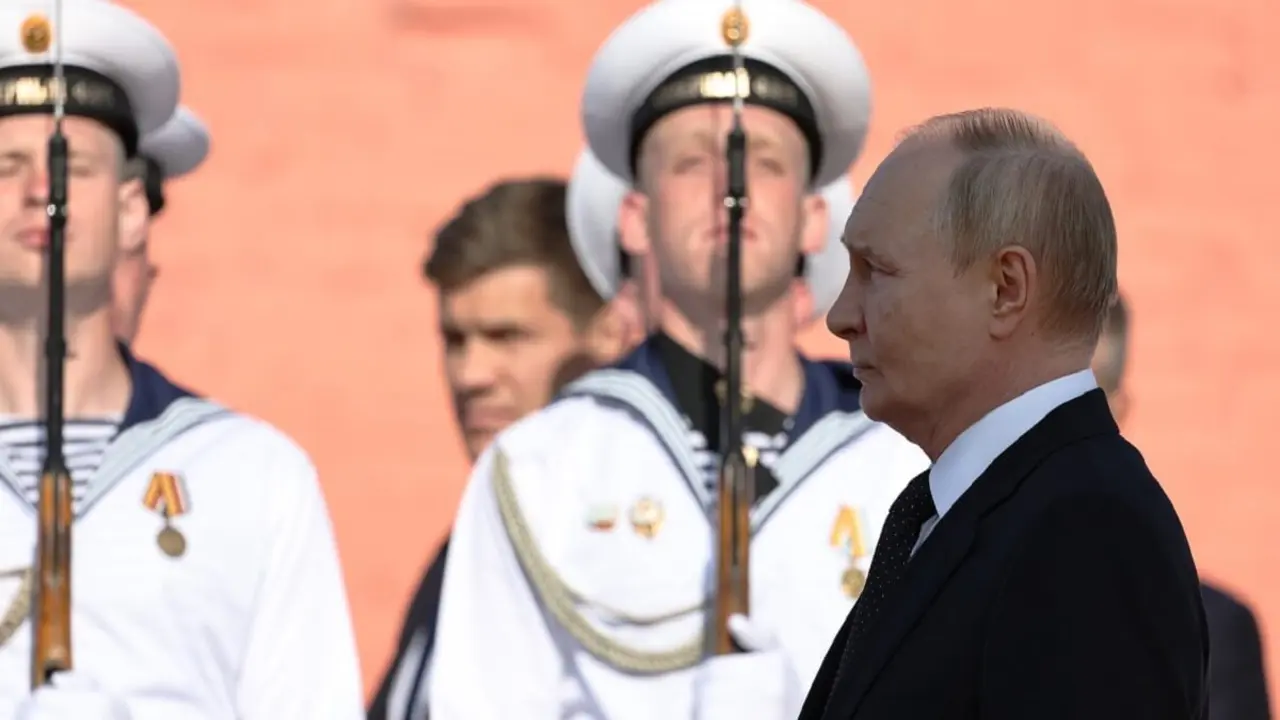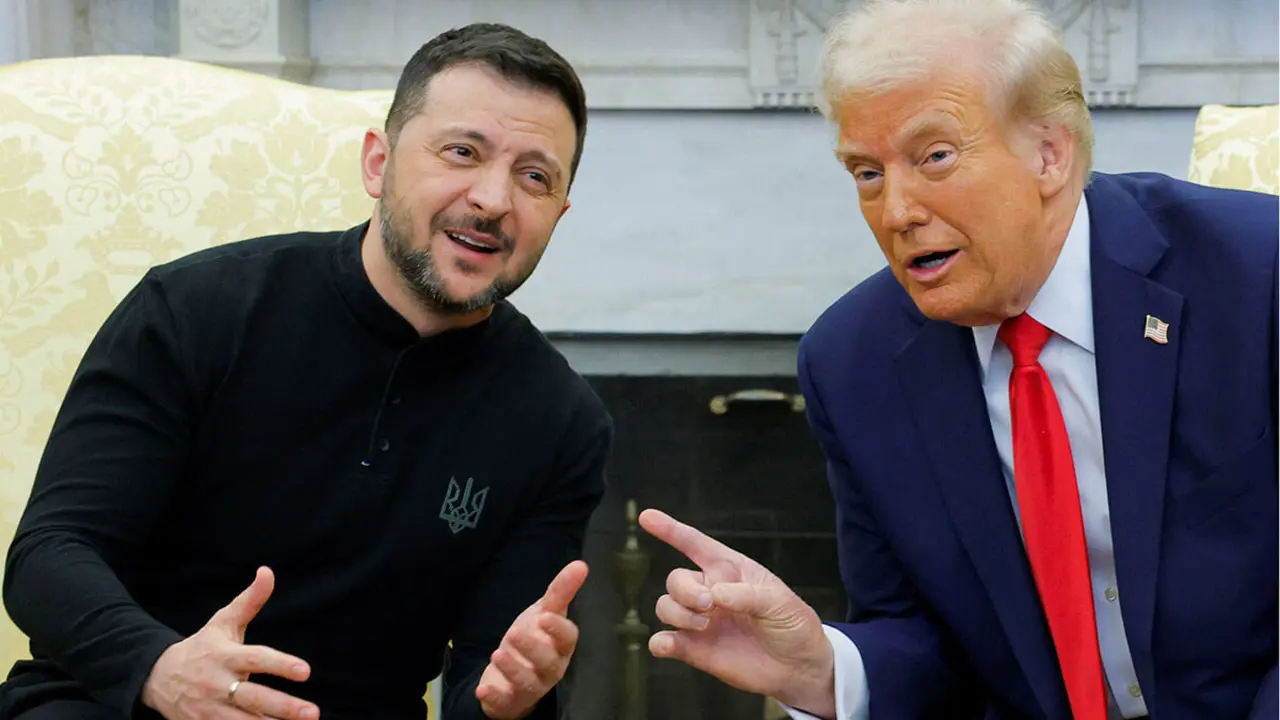Ukraine, the United States and NATO reinforce their position on the war with Russia at the Hague Summit
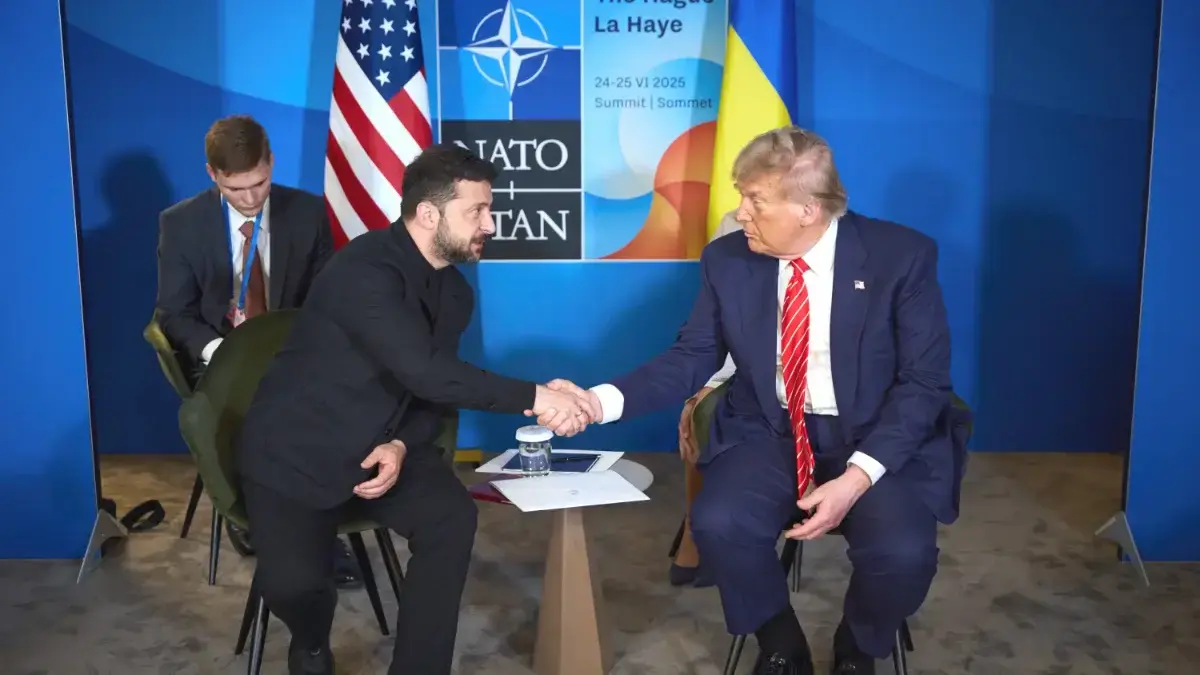
Reporter and journalist María Senovilla, a contributor to Atalayar, analysed Volodymyr Zelensky's meetings at the NATO summit in The Hague on Onda Madrid's programme ‘De cara al mundo’. She also considered the need for anti-drone defence.
María, the reality for the Ukrainian president is that Zelensky has lost some attention at the NATO summit, but what conclusions can we draw? How has Ukraine come out of this summit in The Hague?
It is true that the final text makes fewer references to Ukraine than the previous summit, but in reality Zelensky, over the two days, Tuesday and Wednesday, when the NATO summit meetings were held in The Hague, managed to meet with the international leaders he had on his agenda. The most important meeting was with Donald Trump, which was hopeful, according to the Ukrainian president at the end of the meeting, and in which they discussed a ceasefire and real peace.
Judging by the images, it was much more conciliatory than the one held at the White House a few months ago, and there was lengthy discussion of the need to protect the civilian population in the face of increased Russian attacks on Ukrainian cities. That need, for Ukraine to be given more anti-aircraft defences, seems to be on the right track.
In addition, on Wednesday, the Ukrainian president held another meeting with the leaders of France, Germany, Italy and the United Kingdom. Spain, for whatever reason, was not present. However, these four countries have closed ranks in a decisive manner in favour of supporting Ukraine's defence as a way of supporting Europe's own defence against the growing Russian threat. It was precisely this warning, of the growing Russian threat, that was a common thread throughout the summit and which justifies the need for NATO member countries to allocate up to 5% of their GDP to defence spending and for there to be direct aid to Ukraine.
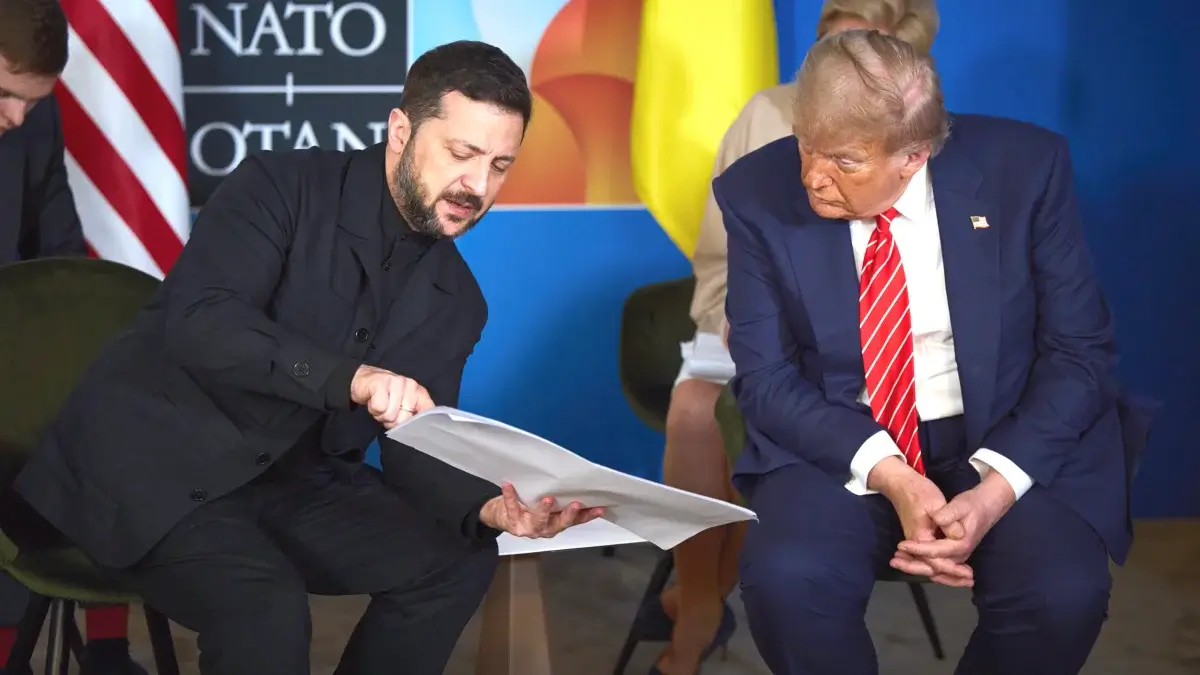
This would also be another major achievement for Zelensky's government and for the country itself, if it goes ahead. European countries have also worked at this summit to ensure that the United States does not withdraw from this aid to Ukraine, with German Defence Minister Boris Pistorius saying that it is always better to keep the Americans on board. They may have succeeded, because for Trump this has been the most united and productive NATO summit in history, or at least that is what he said at the end of the meeting. For his part, Mark Rutte, the secretary general of the Atlantic Alliance, said in The Hague that the aim of the summit was to keep Ukraine in the fight today so that it can enjoy lasting peace in the future.
He also assured that Ukraine is on an irreversible path towards NATO. This statement could blow up one of Russian President Vladimir Putin's main conditions for affirming the ceasefire that Ukraine is offering him, which is none other than blocking Ukraine's access to NATO membership.
In any case, the allies reaffirmed their long-standing commitments to provide support to Ukraine because, as Rutte insisted, Ukraine's security contributes to ours, and to this end, direct contributions to Ukraine's defence and defence industry will be included when calculating the spending of allied countries. Defence spending was one of the main stumbling blocks at the summit, as you have already mentioned, with Spain, among other countries, refusing to commit to allocating 5% of GDP to defence. Finally, this seems to have been resolved with a flexible formula in which the fact that countries such as Spain fulfil their commitments will take precedence, even if this means allocating less money.
I'm not quite sure how this can be done. Spanish President of the Government Pedro Sánchez says it is possible. We will undoubtedly see in the coming months, because Donald Trump was not happy with the formula and has already threatened Spain with a trade war that he says would cost us twice as much as allocating that 5%.

María, you mentioned earlier that Ukraine needs anti-drone defence, which it looks like it will get from the United States, because the number of drones Russia is using is overwhelming. What's more, this means more attacks on cities than action on the front line.
That's right, Zelensky made public a piece of information that, to be honest, has left us all perplexed. In these four months of war, Russia has launched a total of more than 29,000 Shahed-type suicide drones. This perfectly reflects the increase in Russian attacks on civilian targets and cities in Ukraine that we have been reporting over the last few weeks. In the 40 months of war, 10% of all these drones have been launched in the last month, when, Ukraine is reaching out and offering a ceasefire, and the response it is receiving from Russia is to increase the destruction of cities and murder civilians, because this type of weapon, as you have said perfectly, these unmanned aircraft, loaded with explosives, which function as kamikaze vehicles, are hardly ever used in combat, they are used against urban areas.
Another point to consider regarding the use of Shahed drones against Ukraine is that Russia has been able to carry out these attacks from Iran. This highlights the interconnection between countries, between Russia's partners, such as Iran and North Korea, and between the three countries that see these alliances as a real threat to their security and, above all, to their stability.
Almost all night long, air raid alerts sounded across Ukraine — 477 drones were in our skies, most of them Russian-Iranian Shaheds, along with 60 missiles of various types. The Russians were targeting everything that sustains life. A residential building in Smila was also hit,… pic.twitter.com/1ExZhYAMBg
— Volodymyr Zelenskyy / Володимир Зеленський (@ZelenskyyUa) June 29, 2025
It also highlights another important issue: the effectiveness of the sanctions packages that have been imposed on Russia since it began its unilateral invasion of Ukraine, and that if Russia circumvents them through these allied third countries, their effectiveness plummets. Until this issue is reviewed and a truly effective mechanism is put in place to prevent Putin from circumventing these sanctions, little progress can be made. This is, let's say, the theory on paper, the figures.
I will tell you that then, applied here to real life in Ukraine, we have actions such as the one that took place a few days ago, a combined attack by missiles and these Shahed drones against the city of Dnipro, which hit the train station head-on, when there were also several trains stopped, causing 20 deaths and more than 300 injuries. The images were truly shocking, with train carriages blown apart and covered in blood. One of the trains hit by the attack was a sleeper train, with beds covered in blood, windows shattered, and people lying near the tracks, bringing back memories of the terrorist attacks we experienced years ago. And this is what is happening right now, this dynamic, this system of Russian attacks against Ukrainian cities and civilian targets.
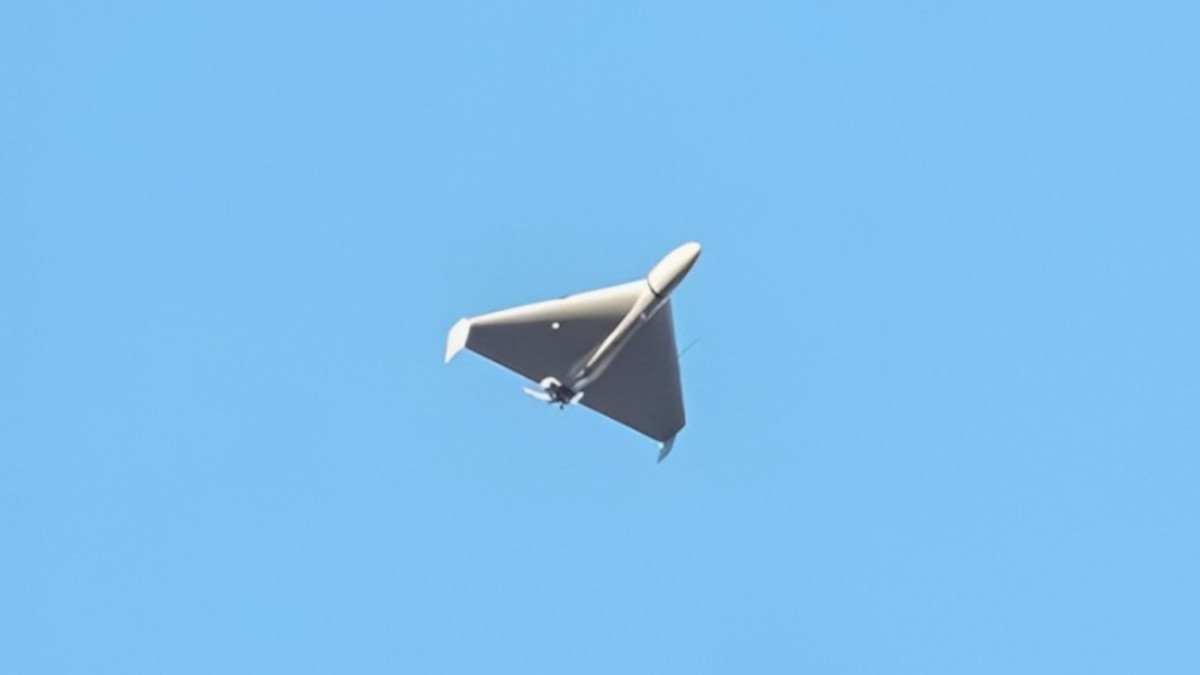
It is not safe to take a train now. There have also been attacks in the last week against public buses carrying ordinary citizens, many elderly people who do not have cars, people who need to travel to other cities, and also against infrastructure other than these homes, those residential buildings that are usually the most common target of Shahed drones, against structures, hospitals, medical centres, office buildings where people work, and attacks that are no longer taking place only at night, but can occur randomly at any time of the day, when people are, I repeat, at work or travelling within the city, they are on the street and have practically no time to protect themselves.


